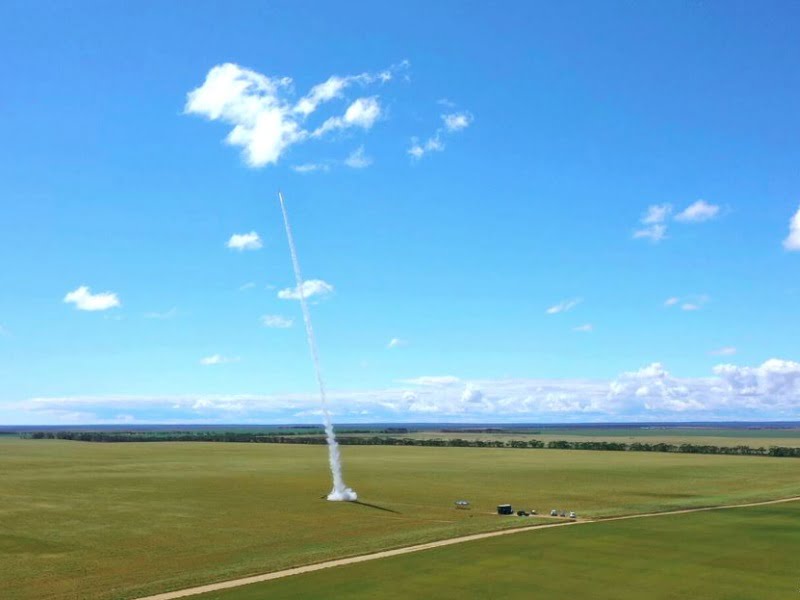Australia’s space sector is pushing to be a late addition to the $15 billion National Reconstruction Fund, arguing it has been overlooked in the Albanese government’s nation building plan but would deliver both sovereign capability and “outsized” returns.
The Space Industry Association of Australia (SIAA) on Wednesday lobbied to become the National Reconstruction Fund’s eighth priority area and be allocated $500 million for investment.
In evidence to a Senate inquiry on NRF legislation, the group also reiterated concerns it has been more broadly overlooked by the government compared to its predecessor, which had space as national manufacturing priority and directly funded several large initiatives with grants.
The SIAA chief executive James Brown has not yet secured a meeting with Industry minister Ed Husic and continues to wait on space funding under review since the election.

Mr Brown, whose industry group represents 60 companies involved in the Australian space sector, told the inquiry the NRF is “tailor made” for the sector and would support an Australian one which is now “crawling in the global space economy whilst our friends and competitors are sprinting”.
“[Space] programs are complex, international, long term and more often than not have a dual use civilian and military component. For that reason, [in] every space market in the world government plays a strategic role to help private investment overcome these structural obstacles, and the NRF can do that for Australia,” he said.
Mr Brown added space capabilities would benefit other industries, including the ones already targeted by the NRF like clean energy, defence and advanced manufacturing, and would deliver an “outsized” return to the government of up to seven-fold direct and 16-fold indirect.
“95 per cent of the data in the Bureau of Meteorology’s models comes from space. 80 per cent of the measures that detect climate change can only be measured from space. Currently, Australia does not own and operate any weather satellites of its own,” he said.
Mr Brown said beyond the NRF the space sector is concerned by a lack of “signalling” from the Albanese government on space investment, leading to a “degree of uncertainty” and slowdowns in some areas after vocal and financial support from previous government.
The Coalition established the Australian Space Agency, included space as a national manufacturing priority and made significant investments through the Modern Manufacturing Initiative.
The Albanese government campaigned last year on the NRF and its priority areas, most of which were identified in a 2020 CSIRO pandemic recovery report. The report did not identify space as one of the industries or underlying capabilities that provided an opportunity for Australia to differentiate and lead internationally.
The new government is also yet to make a decision on how it will adjust funded government space grant programs, but has committed to not cutting the funding entirely.
Mr Brown said an addition to the NRF – which will run until at least 2029 – would pay dividends and provide the sector with some certainty that stretches beyond changes in government.
“We can’t afford for space investment to be a partisan issue. It needs to be supported on a multi-partisan basis,” he said.
“I think if you were able to amend the National Reconstruction Fund [bill in a way] designed to put a greater priority on space, that would be a really tangible way for Australia to demonstrate that our commitment to space is not a thought bubble from one side of politics or the other,” Mr Brown said.
“[But] it’s a decadal long commitment to an industry that is going to be critical to every aspect of Australian life from how we navigate ourselves day to day to how we protect our way of life.”
Do you know more? Contact James Riley via Email.

